On April 5, Supreme Court Justice Clarence Thomas kicked off a new round of debate on the right way to regulate social media companies with a thoughtful and creative piece of legal scholarship. His key point is that First Amendment review by the courts might very well uphold a state or federal statute that treated social media platforms as common carriers or places of public accommodation and restricted their ability to remove content on their systems based on political point of view. He did this in the form of a non-binding concurring opinion in the Supreme Court decision dismissing as moot a lawsuit against former president Donald Trump over his blocking of some Twitter followers.
Justice Thomas is keyed into much of the ferment among conservatives who feel that tech companies are biased against their perspective. They point to the deplatforming of President Trump in January, following the Capitol Hill riot by his supporters, as a paradigmatic case of political discrimination against the conservative point of view. A proposed Texas law would respond to this perceived bias by treating social media companies as akin to common carriers and prohibiting deplatforming based on viewpoint.
Justice Thomas has, in effect, provided a response to a First Amendment challenge to such a common carriage law. In doing so, he joins critics from the left in stepping outside the libertarian paradigm that gives private companies the unfettered right to decide what is said on the media platforms they operate. He goes to the opposite extreme and says that social media companies should not be treated as speakers at all for First Amendment purposes. Rather, like telephone companies, they should be reconceptualized as neutral, passive conveyors of the speech of others.
This conception of social media companies as common carriers with no or severely restricted speech rights corresponds to the way they present themselves to the world as platforms for others to speak. It also reflects our intuitive understanding of what we are doing when we use social media platforms. When we post something on a social media platform, we are speaking, not the platform, just as when we make a telephone call we are speaking, not the telephone company. Thomas takes these business facts and entrenched social norms and turns them into the legal doctrine of common carriage.
In this conception, a state or federal law that treated social media companies as common carriers and prevented them from removing accounts on political grounds would not infringe on the companies’ First Amendment rights because, as common carriers, they do not have their own speech rights. It is the speech rights of the users that are paramount. The platforms are there merely as enablers of the speech of others.
As precedent Justice Thomas cites the Turner Broadcasting case that required cable operators to carry broadcast signals. He notes that the key passage in that decision – “[I]t stands to reason that if Congress may demand that telephone companies operate as common carriers, it can ask the same of cable operators” – might apply also to “digital platforms.”
The response from conservatives was positive, despite the opinion’s departure from the libertarian orthodoxy on the First Amendment. The conservative outlet, the Daily Wire, for instance, quoted extensively and approvingly from the opinion. Economist Marshall Auerbach writing in the conservative American Compass welcomed Justice Thomas’s refusal to require a showing of market power before designating social media as common carriers and praised his “promising function-centric approach.”
Of course, It is not just conservatives who are concerned with social media censorship. The suspicion of the power of private tech companies to control speech on their systems is broadly shared among progressives. For instance, a leader of the progressive left, Senator Bernie Sanders, was unnerved by the bans on former President Trump, wondering when the “handful of high-tech people” who control social media platforms might target “somebody else who has a very different point of view.”
Some on the progressive left have also endorse the idea of treating social media as common carriers. On the Law and Political Economy blog, law professors Genevieve Lakier and Nelson Tebbe argue that users have a constitutional right to carriage on social media that is needed to counteract “the threats to freedom of speech that result from private control of the mass public sphere.” Lakier also posted a series of favorable tweets on the Thomas opinion.
We are seeing a growing convergence of left and right on identifying private sector domination of the digital information space as the key problem. Both groups are seeking reforms to curb this power and are engaging in new thinking about the First Amendment to defend these reforms. Their watchwords are fairness, nondiscrimination, political neutrality, access and carriage rights.
This emerging coalition of reform forces recalls the 1980s fight to codify the Fairness Doctrine that pitted a coalition of left and right led by Ralph Nader and Phyllis Schlafly against broadcasters and pro-business deregulators. Then-President Ronald Reagan’s antigovernment instincts prevailed over his conservative instincts and he vetoed the bill, thereby sustaining the decision by the Federal Communications Commission to repeal the Fairness Doctrine.
But common carrier regulation might not be the right way to go. In a response to Lakier and Tebbe on the Law and Political Economy blog, the renown First Amendment scholar Robert Post is right to note that treating social media companies as common carriers means that they would be “compelled to broadcast intolerable and oppressive forms of speech.” It might thereby “invalidate even the minimal content moderation policies that these social media platforms currently deploy” and exacerbate the problem of “atrocious communication in the digital public sphere.”
Post also notes that Congress cannot remedy this problem through content regulation of social media companies because “the atrocious communication in the digital public sphere” is protected speech; harmful perhaps, but legal. In our system, we largely rely on the private sector, not the government, to set the boundaries of acceptable speech. If social media companies cannot do this because they are treated as common carriers, then nothing is to stop them from becoming cesspools of pornography, hate speech, white supremacist propaganda and disinformation campaigns, all of which are constitutionally protected under current First Amendment jurisprudence.
There is another way forward, however. Common carrier regulation is not the only alternative to unfettered editorial freedom. Broadcasters are not common carriers, but they have some public interest responsibilities that prevent them from exercising full editorial control over their systems. At one time this included the Fairness Doctrine, but their public interest duties still require them to provide candidates with equal time and to provide reasonable amounts of educational and informational programs for children, to name just two examples. Enforcement by the Federal Communications Commission was and is flexible, showing great deference to the editorial judgment of the broadcasters themselves and intervening only when that judgment is so extreme that no reasonable person could agree with it.
A conception of the public interest responsibilities of social media companies needs to be developed, debated and discussed, and eventually legislated. One idea is that it is not access rights or non-discrimination among speakers that is needed for social media, but a fair representation of the views of the community. Our lodestar might be the principle recommended by free speech theorist Alexander Meiklejohn – “What is essential is not that everyone shall speak, but that everything worth saying shall be said.”
Once those public interest duties are satisfied through an adequate and equitable distribution of community points of view, social media companies should be allowed to exercise editorial control over their systems. This would allow them to take the steps necessary to keep their systems free of harmful but legal material, just as broadcasters used their control of the airwaves to set their own boundaries of acceptable speech. This approach would create a middle ground between common carriage and unfettered freedom, where the editorial discretion of the social media companies would be broad enough to allow them to filter content, but not so broad that they can engage in viewpoint censorship of disfavored community perspectives.
Adapting these principles to social media would not be easy and will involve some hard thinking about technology. What should be done about amplification? Does a regulatory framework have to distinguish organic popularity from promotion by the platform itself? As a first approximation, the goal might be that the salience of the views on a platform should reflect their actual prevalence in the community, not the judgment of the platform of what should be popular or interesting or what would garner the most engagement for advertising purposes.
A regulatory structure would be needed to supervise such an arrangement and care must be taken to design it to prevent partisan bias of the regulator from corrupting the agency mission. The details will be messy and complicated but the time to start the hard work of constructing a balanced regulatory framework for social media is now.
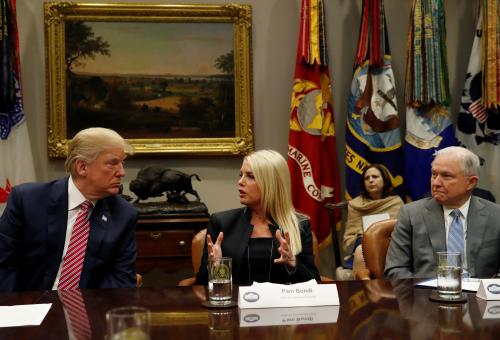

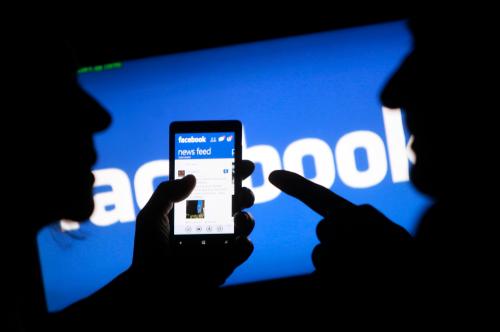

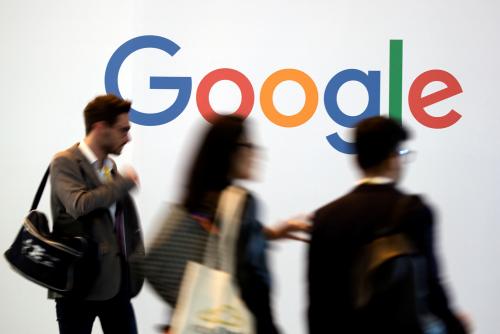
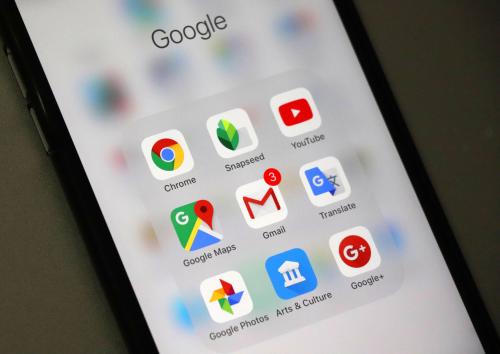
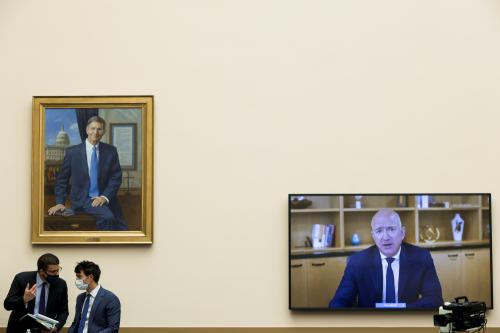
Commentary
Justice Thomas sends a message on social media regulation
April 9, 2021